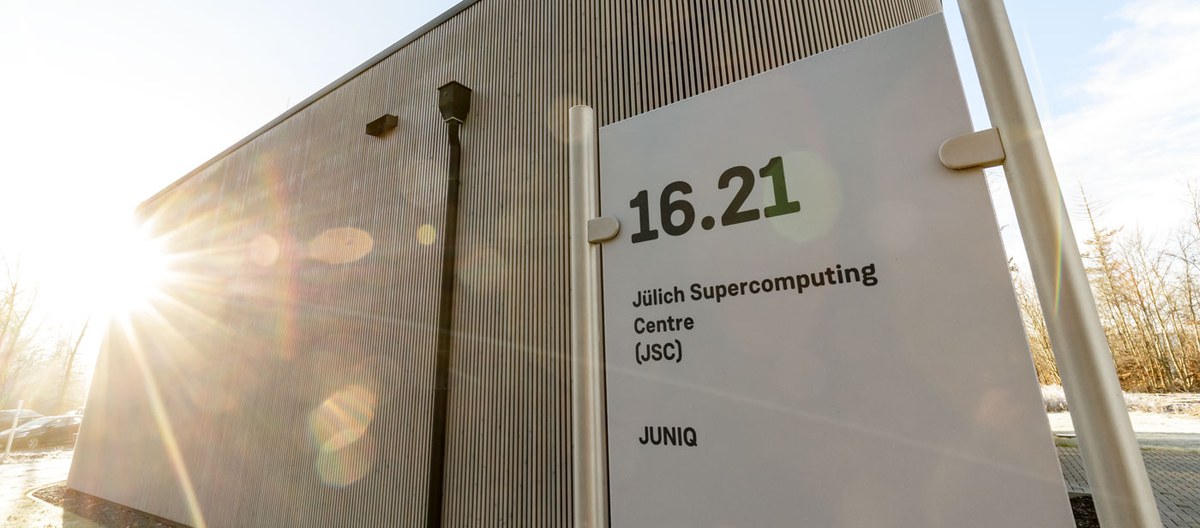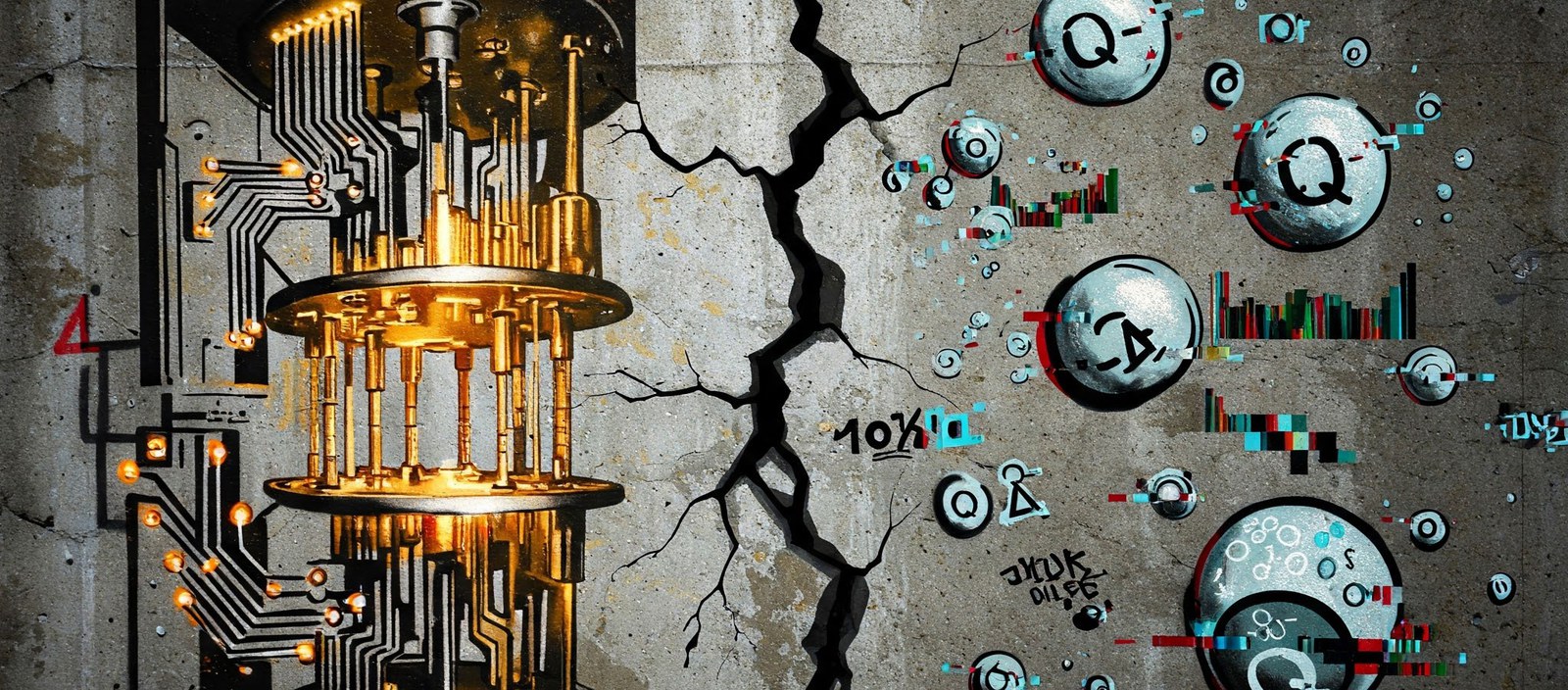A Leap into the Quantum World
Co-Creation – Quantum Computing at FZ Jülich
Quantum computing in Jülich: diverse systems with great potential for science and industry — and more than just hype.
May 2025
Quantum Technology in Action
In 1961, the United States set a bold goal: to send a human to the Moon. The foundations were in place, but the execution was a daring endeavor. The question wasn’t if, but how.
Today, quantum computing stands at a similar threshold. What works in theory can fail in practice — or lead to entirely new insights. Qubits, the smallest units of information in a quantum computer, often behave differently in reality than they do on paper. At Forschungszentrum Jülich, working with quantum technologies is already part of everyday research. Early on, the center recognized the enormous potential of this field — and took action.
Through the Jülich Supercomputing Centre (JSC), which operates the public quantum computing user infrastructure known as JUNIQ (Jülich User Infrastructure for Quantum Computing), researchers already have access to market-ready quantum computers. These include Europe’s first and largest annealer from the company D-Wave, a neutral-atom-based system from Pasqal, and soon a superconducting quantum computer developed by the Finnish-German company IQM.
The D-Wave annealer is designed for what's known as combinatorial optimization — through specialized computations, it can perform highly complex optimization processes in real time, for example in logistics. While the IQM system serves as an "all-rounder," the Pasqal system is particularly suited for quantum simulation. It demonstrates its strengths especially in the development of new materials with exceptional properties.

From Experiment to Application
What makes JUNIQ special is that research institutions and companies can already explore the possibilities of quantum computing and develop new technologies — even before quantum computers become widely adopted. This allows them to prepare early for future developments and identify solutions to tomorrow’s challenges. But JUNIQ is more than just a testing ground. It offers real benefits to both researchers and businesses.
JUNIQ brings the potential of different quantum technologies to life and supports the development of future-ready solutions. For example, simulations can accelerate drug discovery, lead to the development of materials with extraordinary properties, or make complex optimization processes more efficient.
Quantum Computing Without a Quantum Computer?
Yes, it’s possible — through emulation. Quantum computers can be simulated on classical hardware, allowing users to gain experience, test algorithms, and compare real systems. The Jülich emulator JUQCS holds world records in this area and can already emulate an ideal 48-qubit system — on supercomputers, servers, or even laptops.
In 2023, the Jülich Supercomputing Centre (JSC) launched a new flagship project together with the Siegen-based startup eleQtron: EPIQ – the Development Partnership for Ion Trap Quantum Computing in North Rhine-Westphalia. The goal is a modular supercomputer that combines classical and quantum modules. eleQtron contributes an ion-trap quantum computer with innovative microwave-based control — a technology developed at the University of Siegen. The system is expected to be particularly well-suited for machine learning and AI training. EPIQ is funded by the Ministry of Culture and Science of North Rhine-Westphalia as part of the EIN Quantum NRW network.
EPIQ: A Quantum Supercomputer Made in North Rhine-Westphalia
More Than Just Hype
Quantum computing is no longer a distant dream — it is a real tool with growing significance. The systems at Forschungszentrum Jülich are diverse, ready for use, and globally unique in their combination. They already demonstrate what the computing power of the future can achieve — and how closely progress and vision are intertwined.
Image: Sascha Kreklau / Forschungszentrum Jülich
Dive deeper into the current issue
When research, industry, and society unite their perspectives, they create solutions greater than the sum of their parts.
In the Endeavours magazine, discover how co-creation works — through real stories of collaboration, pioneering spirit, and successful transfer.








